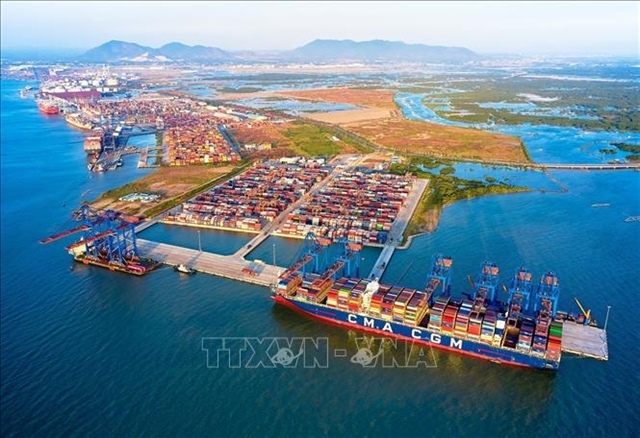MoF refuses to cut tax rates for coal industry
MoF refuses to cut tax rates for coal industry
The Ministry of Finance has refused to reduce tax rates for the coal industry, citing the fact that tax reduction is beyond the Government’s authority.

In a report sent to the Prime Minister, the finance ministry said that the Prime Minister had approved a development plan for the coal sector to ensure reduction of coal exports and export for kinds of coal for which the domestic market does not have a demand. He approved a plan on exporting two million tonnes of coal per year for the period of 2017-20.
Coal has had many kinds of tax rates, ranging from 10 per cent to 45 per cent. The coal export tariff stands at 10-15 per cent. Anthracite coal, with an export tax rate at 10 per cent, is the lowest under the National Assembly’s tax rate frame.
Therefore, the coal industry’s proposal on cutting the rate under 10 per cent is beyond the authority of the Government as well as the Prime Minister, the ministry said.
Under the Law on environmental protection, environmental protection tax rate for coal is between VND10,000-30,000 per tonne.
According to Resolution 1269 issued by the Standing Committee of the National Assembly, the environment protection tax rate is VND10,000 per tonne of brown coal and coking coal and VND20,000 per tonne of anthracite coal. These rates are the lowest level allowed by National Assembly’s regulations, reported vietnamnet.vn.
The National Assembly had not proposed to adjust those tax rates as part of the amended Law on environmental protection that is scheduled to be proposed at the National Assembly’s October session this year, the ministry said.
The cut of those taxes is also beyond the Government’s authority, according to the ministry, which cited China’s environmental protection tax rate of VND25,600-118,400 per tonne of coal.
The highest natural resource tax for coal is 20 per cent under the Law on Natural Resource Tax but in fact, the tax stands at between 10-12 per cent. Those rates are reasonable to ensure enough supply of coal for domestic power production, according to the ministry.
According to the Viet Nam National Coal, Mineral Industries Holding Corporation Limited (TKV), the corporation reported an inventory of 9.5 million tonnes of coal in the first five months of this year. It was estimated to reduce to 8.45 million tonnes in the first half of the year.
Therefore, the ministry has proposed that the Government increase import tax rate for coal from zero to 3 per cent or to 5 per cent to cut further the inventory to acceptable level, helping solve existing difficulties in production and business of the coal industry.
The TKV said 2016 was the most difficult year since it was established, especially when the domestic market had strong growth of coal imports to 12.6 million tonnes. However, the imports reduced since early 2017, due to rising global coal prices.
The finance ministry reported that coal import demand for large coal consumers on the local market, especially electric producers, is expected to be higher in the future. The demand on coal imports is likely to reach 11.7 million tonnes in 2017, 40.2 million tonnes in 2020, 70.3 million tonnes in 2025 and 102 million tonnes in 2030.





















